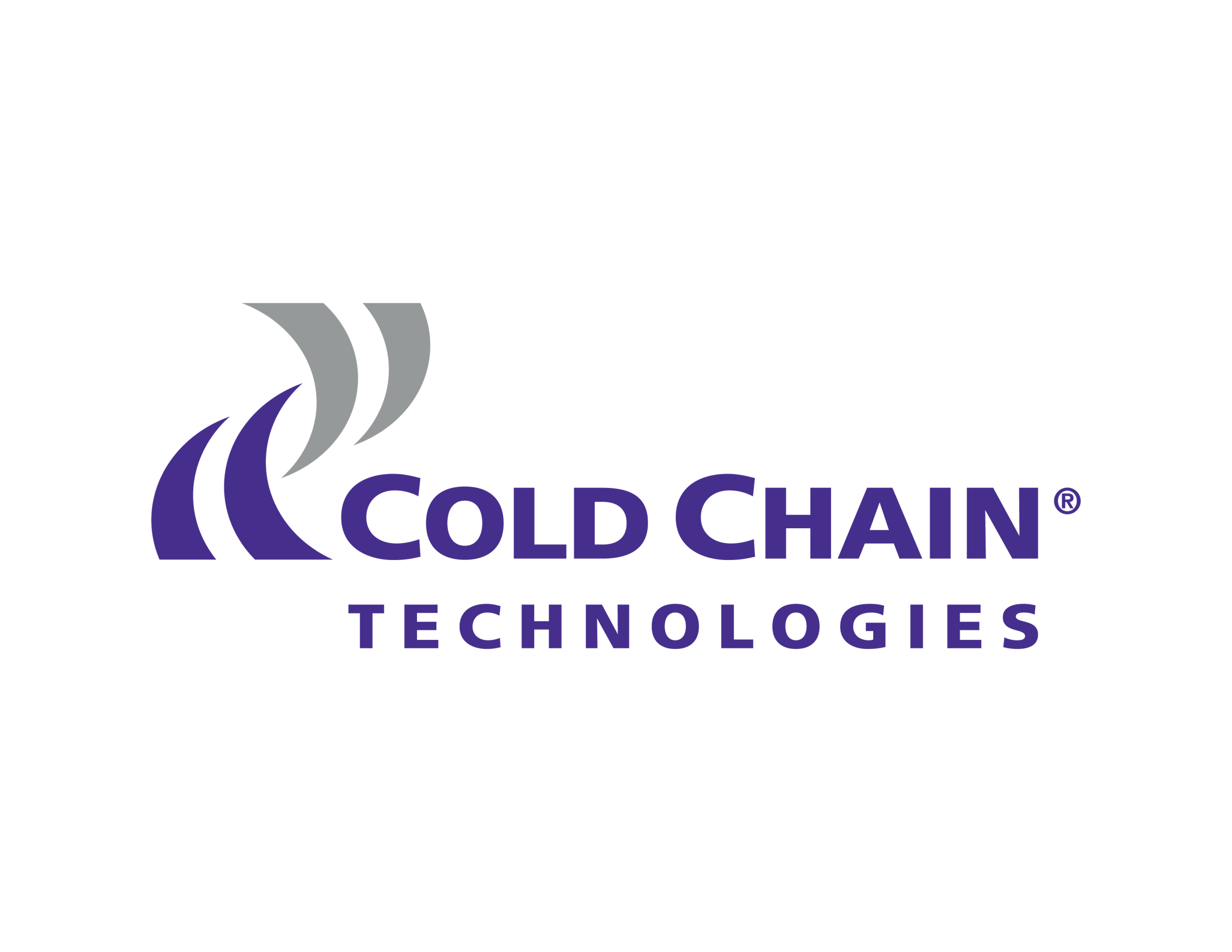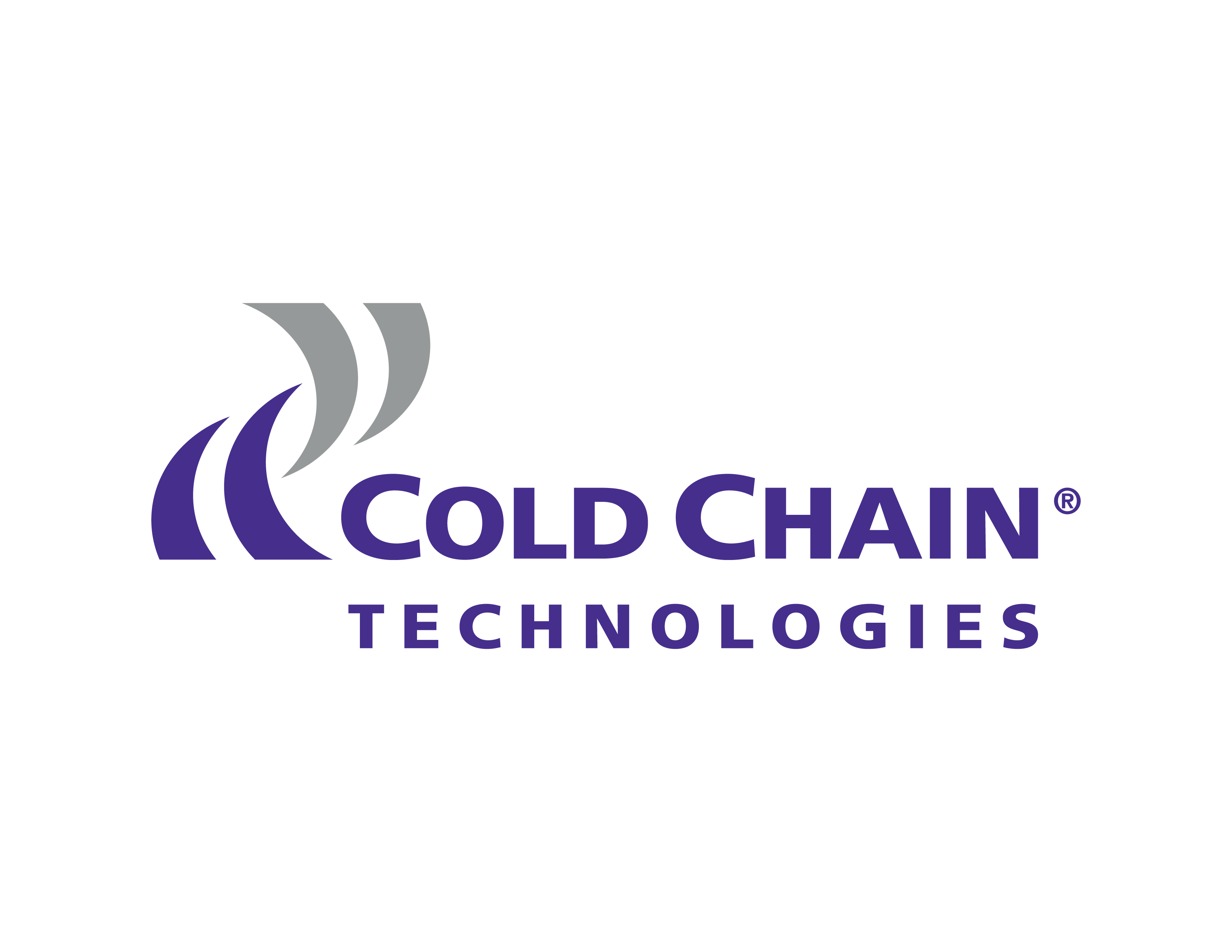Your questions about thermal shipping solutions and cold chain operations answered.
Thermal shipping solutions are designed to protect cold chain products.Using the correct thermal shipping solution is integral to ensuring a successful cold chain management process.
Use this guide to thermal shipping solutions for cold chain products to learn:
- What thermal shipping solutions are
- Types and examples of thermal shipping solutions
- Role of thermal shipping solutions in cold chain management and operations
- Benefits of thermal shipping solutions
- Trends impacting thermal shipping solutions
- Questions to ask when researching thermal shipping solutions
What are Thermal Shipping Solutions?
Thermal shipping solutions are specialized packages designed to meet the thermal requirements of temperature-sensitive products.
Thermal shipping solutions are an important part of the cold chain management process, helping ensure product safety and efficacy and adherence to regulatory requirements.
These parcel shippers and pallet systems are your first line of defense in protecting your cold chain products from damage and are critical to successful cold chain operations.
Insulated containers, pallet blankets, vaccine and medical transport boxes, specialized insulated parcel systems, reusable containers, thermal envelopes, thermal pallet covers, and more are used to protect cold chain products such as vaccines, biologics, lab samples, diagnostic materials, pharmaceuticals, electronics, food, and beverages.
What are the Four Types of Thermal Shipping Solutions?
The four types of thermal shipping solutions are:
- Active Thermal Solution
Similar to refrigerators or freezers, active thermal shipping solutions use electronic or battery-powered mechanisms to control the temperature. Active thermal solutions need to be plugged-in or charged to be effective.
Because active thermal shipping solutions are typically expensive to transport and operate, they can be a good choice for cold chain products that require a high level of security. - Passive Thermal Solution
Passive thermal shipping solutions use advanced cooling and temperature maintenance technologies to maintain tight temperature ranges. Passive thermal shipping solutions use Phase Change Materials (PCMs) and/or water to proactively maintain the cold chain product temperature.
Examples of passive thermal shipping solutions include reusable shippers, sustainable parcel systems, modern pallet blankets, and insulated containers and envelopes. Applications for passive thermal shipping solutions range from the bulk transport of frozen or refrigerated vaccines for a 144+ hour journey through to shipping pallets of sensitive products by land or air freight. - Hybrid Thermal Solution
Hybrid thermal shipping solutions rely on a combination of active and passive thermal packaging technologies. Generally, the passive cooling system is used as a back-up when the active thermal technology fails or is not accessible. - Sustainable and Reusable Thermal Solutions
Sustainable and reusable thermal shipping solutions are the next generation of shipping solutions for cold chain and temperature-sensitive products. Sustainable thermal solutions are designed to meet the needs of a range of cold chain product types and sizes from small packages to pallet shippers.
For example, our CCT EndeavAir is a fully-conditioned, leased, reusable shipper designed for the largest payload possible, allowing for 40% fewer shipments compared to other passive shipping solutions.
What Do Thermal Shipping Solutions Do?
Thermal shipping solutions do the following:
- Proactively protect cold chain products
The ideal thermal shipping solution is sustainable, smart, and uses PCMs to protect and maintain cold chain products. These thermal solutions proactively respond to changes in temperature and environment, adjusting the temperature as the shipment or parcel moves through the cold supply chain. - Educate and inform
Too many companies assume the people handling and moving their cold chain packages understand the rigors of cold chain temperature management, including industry regulations and standards for shipping and distributing cold chain products.
Companies can help limit human error and risk in the cold chain with thermal shipping solutions that include clear and readable language on storage instructions, temperature ranges, safety warnings and hazards, regulatory specifications, and dosage recommendations. - Store and transport cold chain products
There are no guarantees that your products will move through the cold supply chain as planned. To ensure temperature-sensitive products are not damaged or compromised due to freight delays, choose pallet blankets and thermal packaging that is designed for long-haul and storage. - Market brand and product awareness
Packaging is the first impression customers have of your products. For both B2B and B2C products, it’s imperative you use thermal solutions that are easy to open, handle, read, store, and reuse.
What Are the Benefits of Thermal Solutions for Cold Chain Products?
The benefits of thermal shipping solutions for cold chain products include:
- Industry and regulatory standard adherence: from medical products through to food and beverages, companies must comply with industry and regulatory safety standards. These standards include temperature ranges, shipping and handling specifications, and more.
- Protect against product and economic loss: cold chain products such as pharmaceuticals, vaccines, biologics, electronics, fruits, and vegetables are expensive to manufacture/grow/design, ship, distribute, and sell. Thermal packaging is essential to protect against product spoilage and to economic loss.
- Customer health and safety: sustainable and passive thermal shipping solutions give you the confidence that your products are safe and meet both your quality standards and those of your customers. Cold chain monitoring with data loggers, temperature trackers, and integrated Bluetooth and IoT sensors, and GPS trackers gives you real-time access to key information about the status and integrity of your cold chain products.
- Ensure company integrity and product quality: an effective cold chain management process depends on using the right thermal solution for the right product and environment. Doing so, helps you guarantee product quality, safety, and efficacy and protects your company reputation.
- Mitigate risk in the cold supply chain: equipment failures, natural disasters, global pandemics, labor shortages, global recession, clogged and closed ports, improper handling of goods, and using the wrong type of packaging are just some examples of the risk in the cold supply chain. Thermal shipping solutions including pallet blankets, thermal covers, reusable shippers, and more are essential to mitigating these risks.
- Defend against human error: the largest risk in the cold supply chain is human error. Thermal packaging solutions can help you defend against human error ranging from shipping delays caused by missing customs clearance forms through to leaving pallets out on the airport tarmac in the baking sun.
- Build customer trust and confidence: B2B and B2C customers make buying decisions based on trust and confidence. People want to feel like they have made the best decision – whether it’s choosing one vaccine manufacturer over another or the brand of milk they buy weekly. No company can risk the fallout that comes with news headlines about food poisoning, compromised pharmaceuticals, or worse. The right cold chain packaging strategies and solutions can help keep your company out of the news.
Failure to use the right thermal shipping solution for your cold chain products and cold chain operations will have serious short- and long-term impacts. When reviewing your cold chain operations, assess your risk tolerance in correlation to your cold chain packaging choices.
Key Trends Impacting Thermal Shipping Solutions
These key trends are driving advances in thermal packaging design and research:
- Sustainability
Demand for sustainable packaging and the real-world impacts of climate change are driving to develop reusable thermal solutions and innovative refurbishment and return programs. - Technology
Smart technology is making cold chain operations and packaging smarter, agile, and resilient. Artificial intelligence, machine learning, IoT sensors, blockchain, RFID, additive printing and materials, and PCMs are driving innovation in thermal shipping solutions. - eCommerce
Almost every product can be bought online and delivered to your home. The huge increase in ecommerce and expectations for same-day delivery are pushing companies to develop new ways of packaging their products for rapid and global transit. - Global Unrest
The global pandemic, war, economic unrest, and the global recession have enhanced the visibility of the supply chain. People are questioning how and where products are sourced, manufactured, and delivered. This is driving innovations in cold chain management, materials sourcing, and sustainable packaging practices. - Scientific Advances
The imperative for a COVID-19 vaccine and the rise in autologous and allogeneic therapies are just two examples of how science is a driving trend in cold chain packaging and operations. Companies are responding by developing smarter and easier-to-use thermal packaging that protects and secures medications, vaccines, biologics, and cell and gene therapies. - Supply Chain Disruption
There are no guarantees that your cold supply chain strategy will operate flawlessly. The reality of closed ports, limited air freight space, stranded cargo ships, climate change, traffic congestion, and more is forcing companies to acknowledge the risk in their cold chains. The trickle-down impact of this is an increased demand for thermal shipping solutions that can withstand the modern cold supply chain.
How to Choose a Thermal Shipping Solution
When researching your thermal shipping solutions, ask these questions:
- What are the unique demands and requirements for my cold chain products?
- What are the environmental risk factors in my cold chain operations?
- What are the regulatory and industry standards?
- What is the knowledge level and experience of the people packaging, shipping, and distributing my cold chain products?
- How do my products move through the cold supply chain – air, land, sea, or a combination of all three?
- How can I protect my pallets during land and air freight?
- Is this thermal packaging reusable and sustainable?
- How can I track my pallets and packages as they move through the cold chain?
- What are the biggest risks in our cold chain operations?
- What type of customer feedback have we received about our current packaging and product quality?
- What is our risk tolerance?
Thermal Shipping Solutions Resources
Use these resources to learn more about thermal shipping solutions best practices:
- Webinar: CCT Thermal Covers for Life Science Shipments
- Webinar: New Technology Trends and Their Effect on the Packaging Landscape
- Professional & Regulatory Groups
- Thermal Packaging Design
- Sustainability: Reusable Solutions & Return Service Programs
At CCT we are committed to providing the most efficient, effective, sustainable, and easy-to-use custom and off-the-shelf thermal packaging solutions.
Request a sample of our thermal shipping solutions and ask us about our sustainable packaging refurbishment program.



